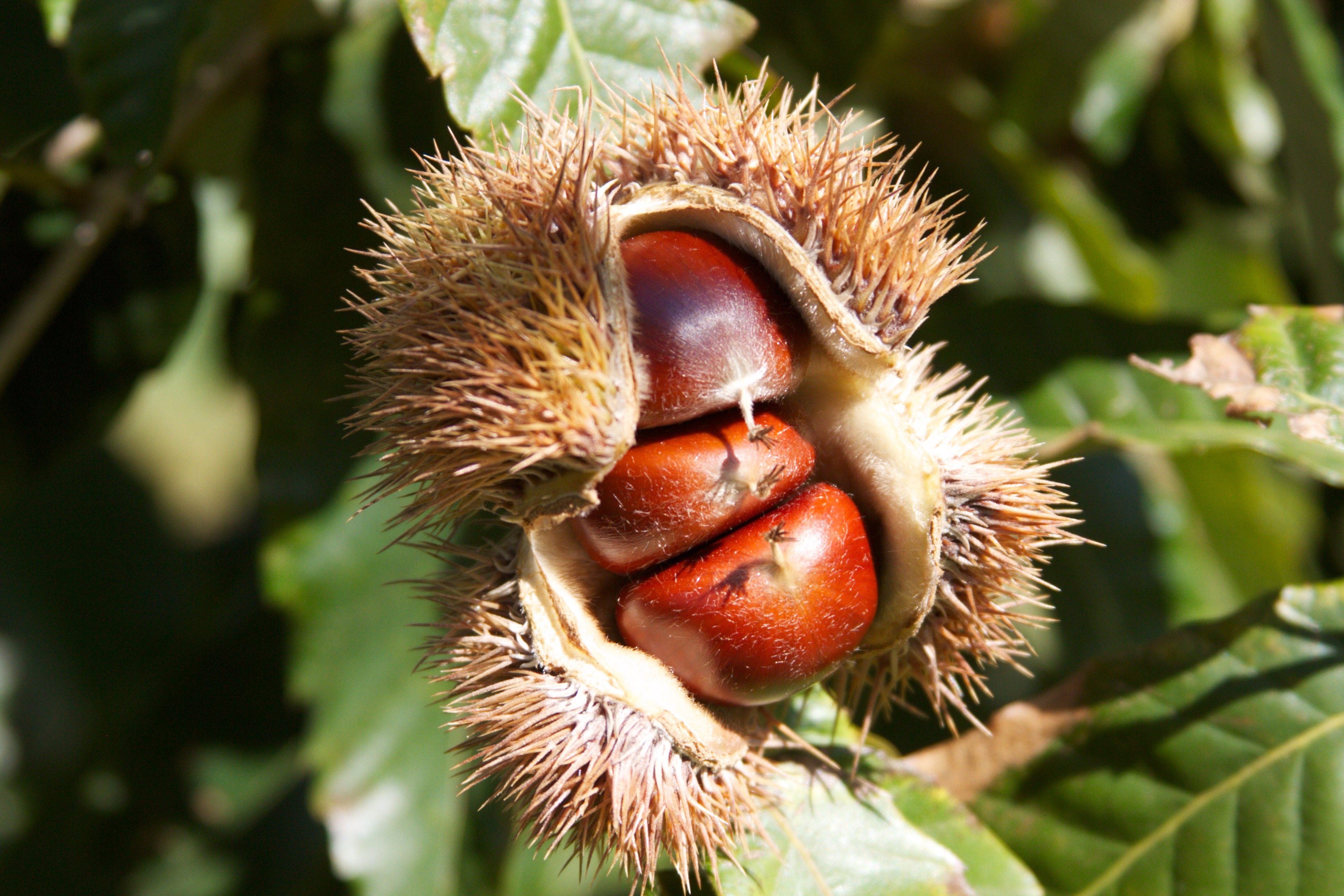Chestnuts: A Regenerative Food Crop and The Next Health Craze
Author: Harry Greene | Published: October 7, 2016
Propagate Ventures’ mission is to accelerate the widespread implementation of agroforestry in cold climates, via the establish of profitable tree crops. We envision highly productive, ecologically-sound landscapes that produce food, fuel, and fiber for humanity. 100 years ago, the United States had a booming chestnut economy. The American chestnut, castanea dentata, was an overstory species from Iowa to Northern Georgia, to Maine. In 1904, a parasitic fungus known as the “chestnut blight” arrived from Japan, and killed as estimated 4 billion trees. 100 years later, Chinese chestnuts and Chinese-American hybrids blight-resistant, but pure American chestnut stands are few and far between. Pure American chestnuts are beautiful, productive forest trees, but for our purposes, Chinese chestnuts are just as good, if not better for food production.
Red Fern Farm
Red Fern Farm is a 25-year-old chestnut orchard in Wapello, Iowa. Kathy Dice and Tom Wahl own and run the property. Jeremy and Harrison of Propagate Ventures recently visited the farm to learn about chestnut production. Tom Wahl is an ecologist by trade, and in 1990, saw and foresaw the ecological and culinary benefits of chestnuts in comparison to annual crops such as corn and soy. Often in the regenerative agriculture sphere, figureheads with productive farms like to speak loudly about their operations. Kathy and Tom are much more modest, but nonetheless run an extremely productive, profitable business that we should pay attention to.
For the farmers among us, we’d like to go through some of the nuances of chestnut production at Red Fern Farm. We’ll do so with photos.

